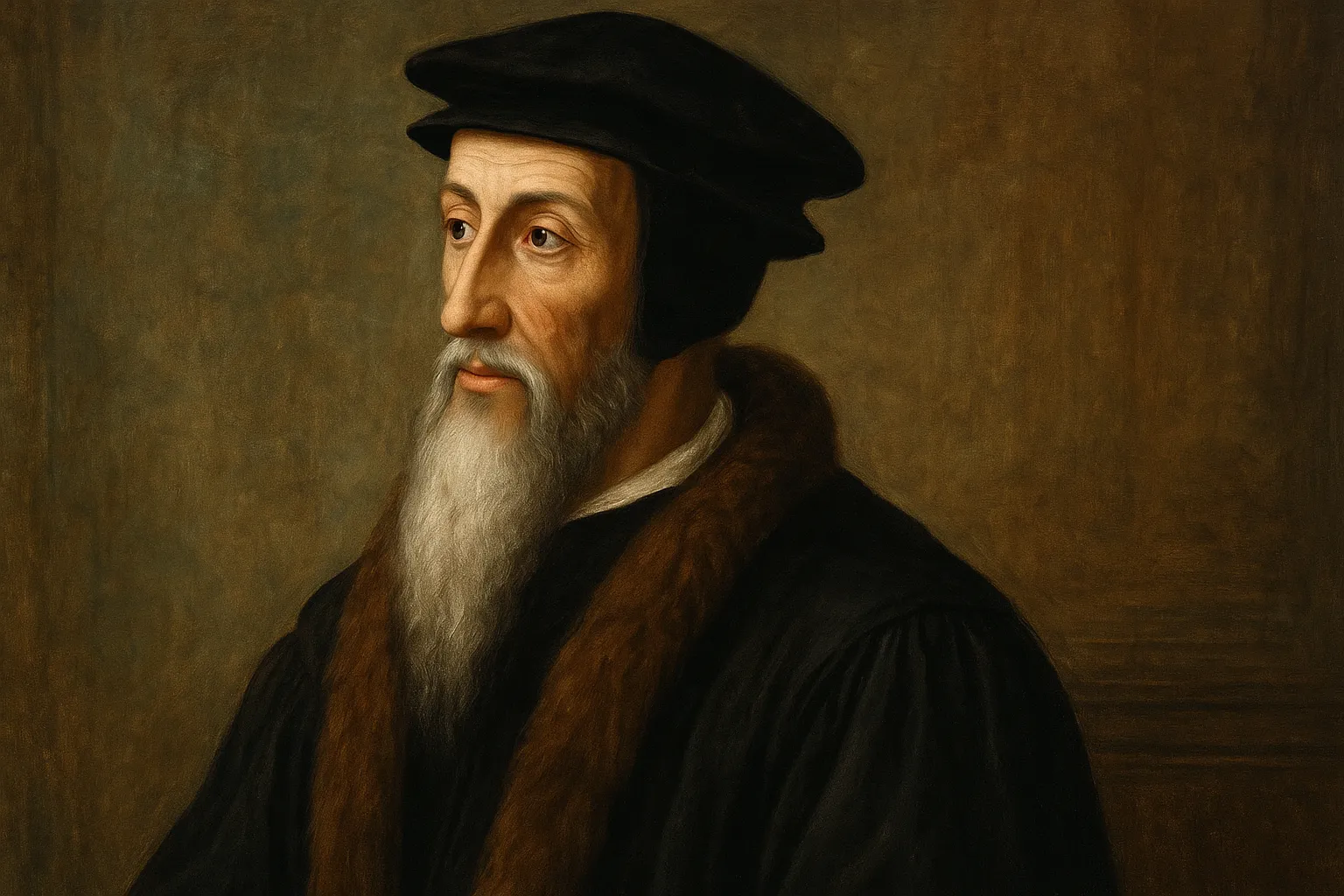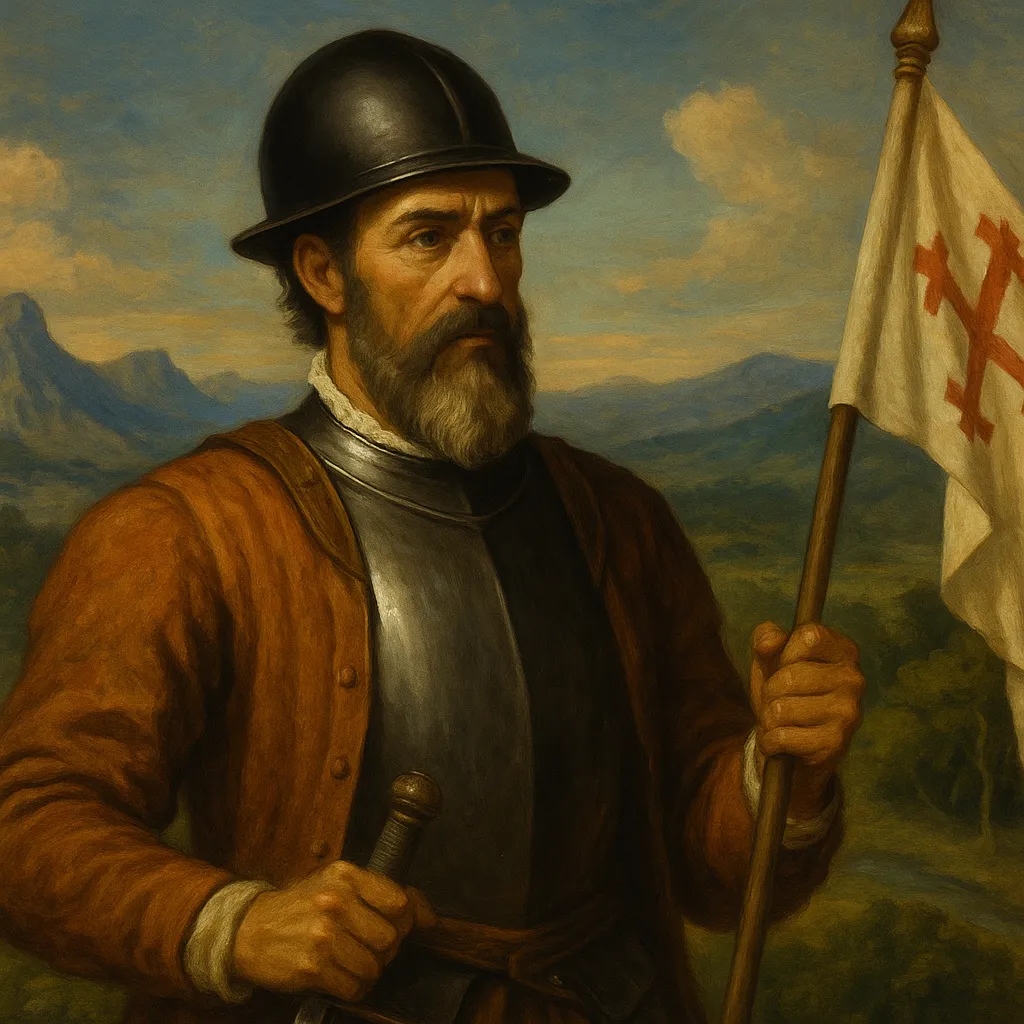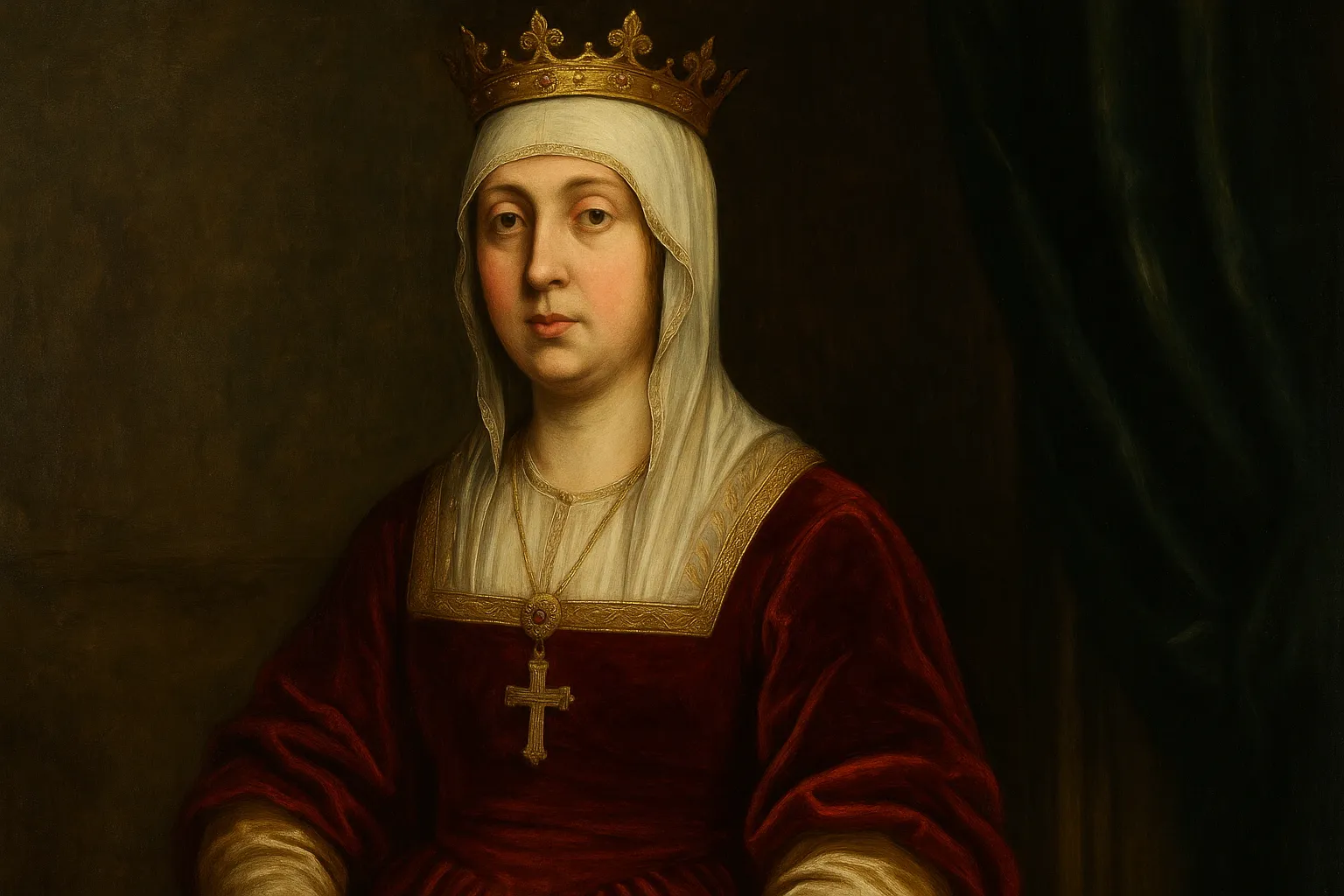Biography of Galileo Galilei: the father of modern science
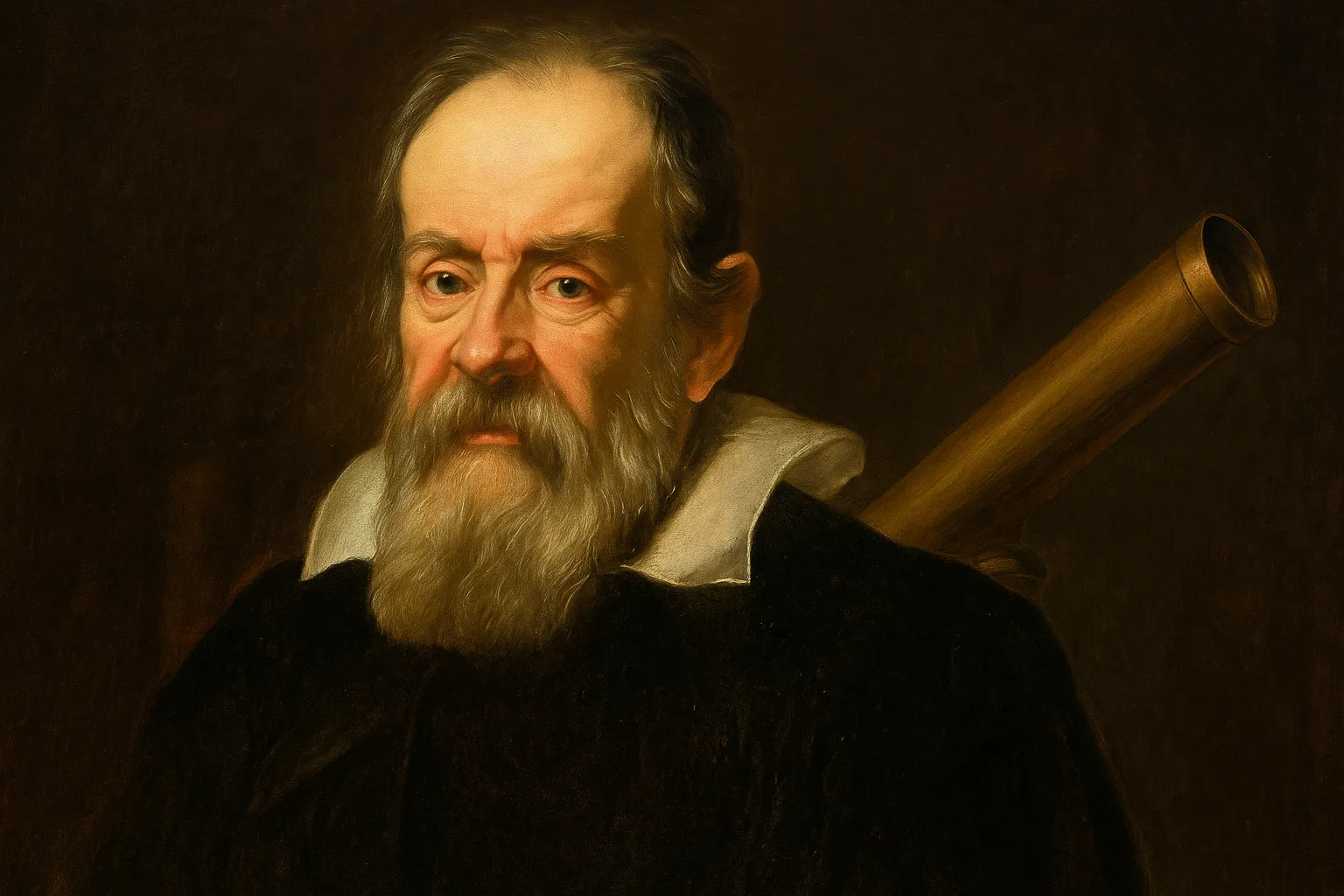
Galileo Galilei, one of the most influential scientists in history, was a pivotal figure in the 17th-century Scientific Revolution. With his groundbreaking astronomical observations, advancements in physics, and relentless pursuit of truth through the scientific method, Galileo marked the beginning of a new era in our understanding of the universe. His contributions not only changed how we perceive the cosmos but also helped lay the foundations of modern science as we know it today.
Through his research in physics, astronomy, and mathematics, Galileo challenged traditional views of nature, setting a path for future generations of scientists. Despite facing opposition from the Church and the conservative society of his time, his discoveries opened a new door to scientific thought, making him a fundamental pioneer in the world of science.
This article offers an in-depth look at the life, achievements, and legacy of Galileo Galilei, examining his major discoveries, his scientific method, and how his ideas influenced modern science.
The Early Years of Galileo Galilei
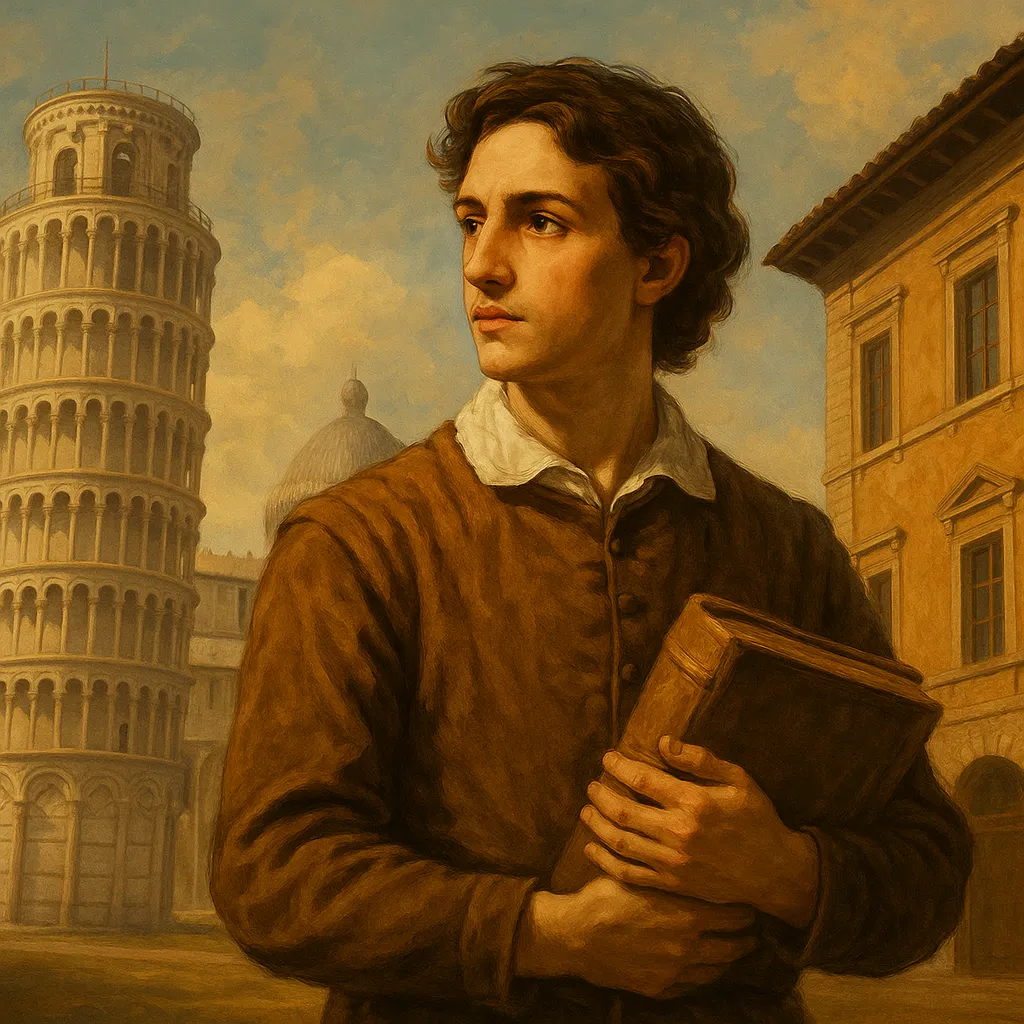
Galileo was born on February 15, 1564, in Pisa, Italy, into a family that, though not noble, held a respectable position in society. His father, Vincenzo Galilei, was a renowned musician and amateur mathematician, which greatly influenced young Galileo. From an early age, Galileo displayed exceptional talent for drawing and painting, but his true interest leaned towards the sciences. In his youth, he moved to the city of Lyon to attend high school and later continued his education at the University of Pisa, one of Italy’s oldest and most prestigious institutions at the time.
During his academic years, Galileo was drawn to the physical and chemical sciences. His passion for science was fostered by his mentor, chemist Jean-Baptiste Dumas, who guided him toward the field of organic chemistry. Although Galileo initially considered pursuing painting, he soon realized that science was his true calling.
In 1589, at the age of 25, Galileo was appointed as a professor of mathematics at the University of Pisa. During his time in Pisa, he began conducting experiments that would challenge the teachings of Aristotle, a system of thought that had dominated European philosophy for centuries.
Galileo’s Revolution in Physics
Galileo was one of the first to apply the scientific method in his investigations, a systematic approach that involved observation, experimentation, hypothesis formulation, and testing. His work in physics allowed him to challenge Aristotelian physics, which claimed that objects fell at different speeds depending on their weight. Galileo, through his famous experiment with balls of different sizes and weights dropped from the Leaning Tower of Pisa, demonstrated that all objects fall at the same rate regardless of their weight, in the absence of air resistance.
In addition to his work on falling bodies, Galileo also made significant contributions to the study of motion. In his experiments with inclined planes, he showed that the acceleration of an object is constant and that its speed increases as it falls, refuting Aristotelian ideas about motion.
Galileo and the Invention of the Telescope
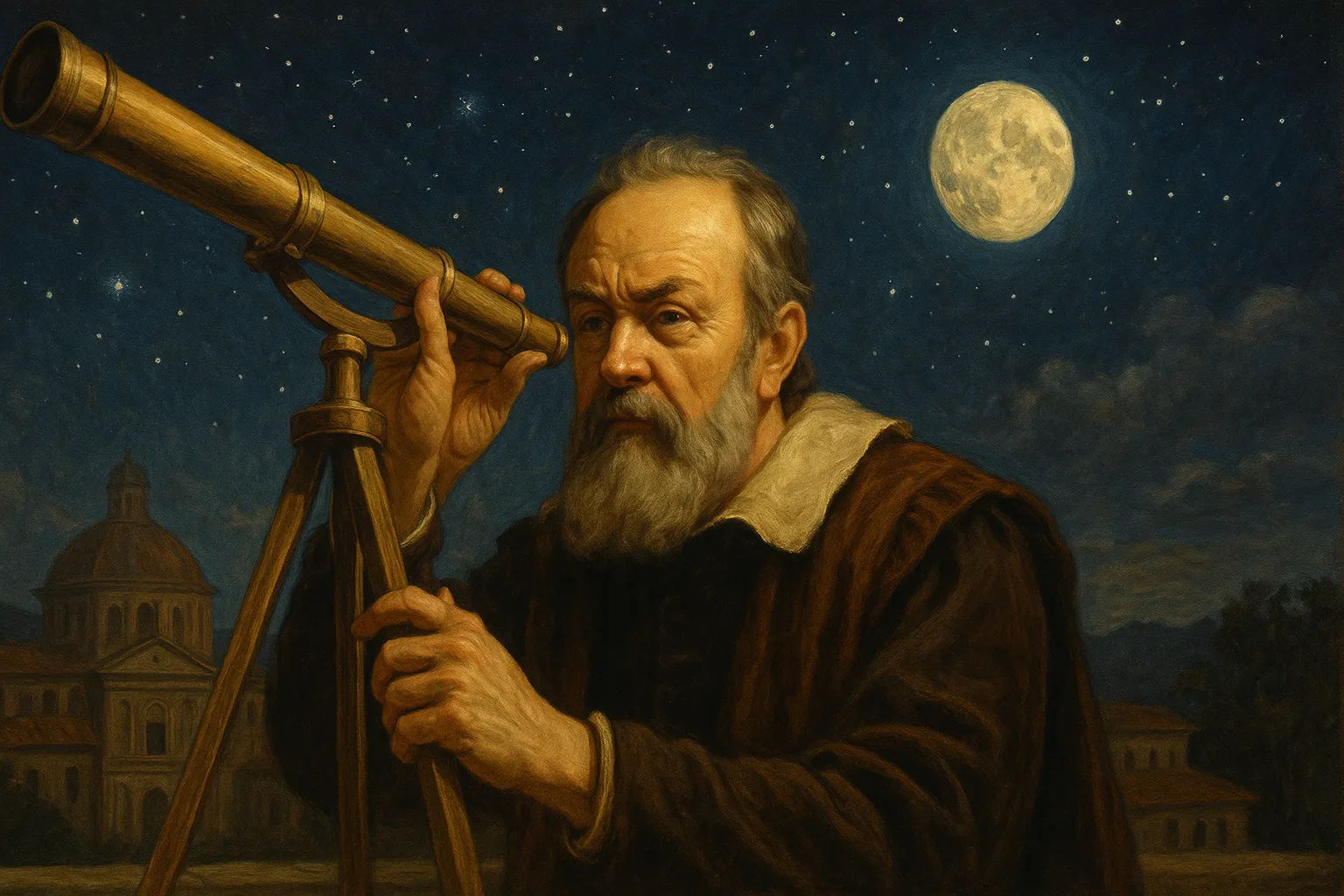
In 1609, Galileo heard reports that an inventor in the Netherlands, Hans Lippershey, had created a telescope that allowed people to view distant objects. While the telescope itself was not new, Lippershey was the first to patent it. Galileo, known for his ingenuity and ability to improve existing inventions, built his own telescope with higher magnification power. His first telescope had a 3x magnification, but he soon improved it to achieve a 30x magnification, allowing him to observe the sky with unprecedented clarity.
With his telescope, Galileo made a series of astronomical discoveries that would forever change our understanding of the universe. In 1610, he observed the moons of Jupiter, a finding that showed that not all celestial objects revolved around the Earth, contradicting the Earth-centered view of the universe held by the Church and the Aristotelian tradition.
Additionally, Galileo discovered sunspots, the surface of the Moon, the rings of Saturn (though he misinterpreted them as “ears”), and observed the phases of Venus, which could only be explained if Venus orbited the Sun, not the Earth. These discoveries were crucial in supporting Nicolaus Copernicus’ heliocentric theory, which proposed that the Earth and other planets revolve around the Sun.
The Confrontation with the Catholic Church
One of the most important moments in Galileo’s life was his confrontation with the Catholic Church, which upheld the geocentric view of the universe—that the Earth was the center of the universe. The Church’s belief was based on a literal interpretation of the scriptures and the Ptolemaic theory, which had been accepted for centuries.
Galileo, however, became a staunch advocate of the heliocentric theory, which stated that the Sun was at the center of the universe. In 1616, the Church warned him that his support of heliocentrism contradicted the scriptures, and he was forbidden from teaching his views. However, Galileo continued to champion Copernicus’ theory, writing his most famous work, “Dialogue Concerning the Two Chief World Systems” (1632), in which he defended the heliocentric theory, supported by his astronomical observations.
The book triggered the ire of the Church, which, in 1633, put Galileo on trial for heresy. He was forced to recant his heliocentric views publicly and was condemned to house arrest, where he spent the remaining years of his life, although he continued to work on science.
Impact on Science and Medicine
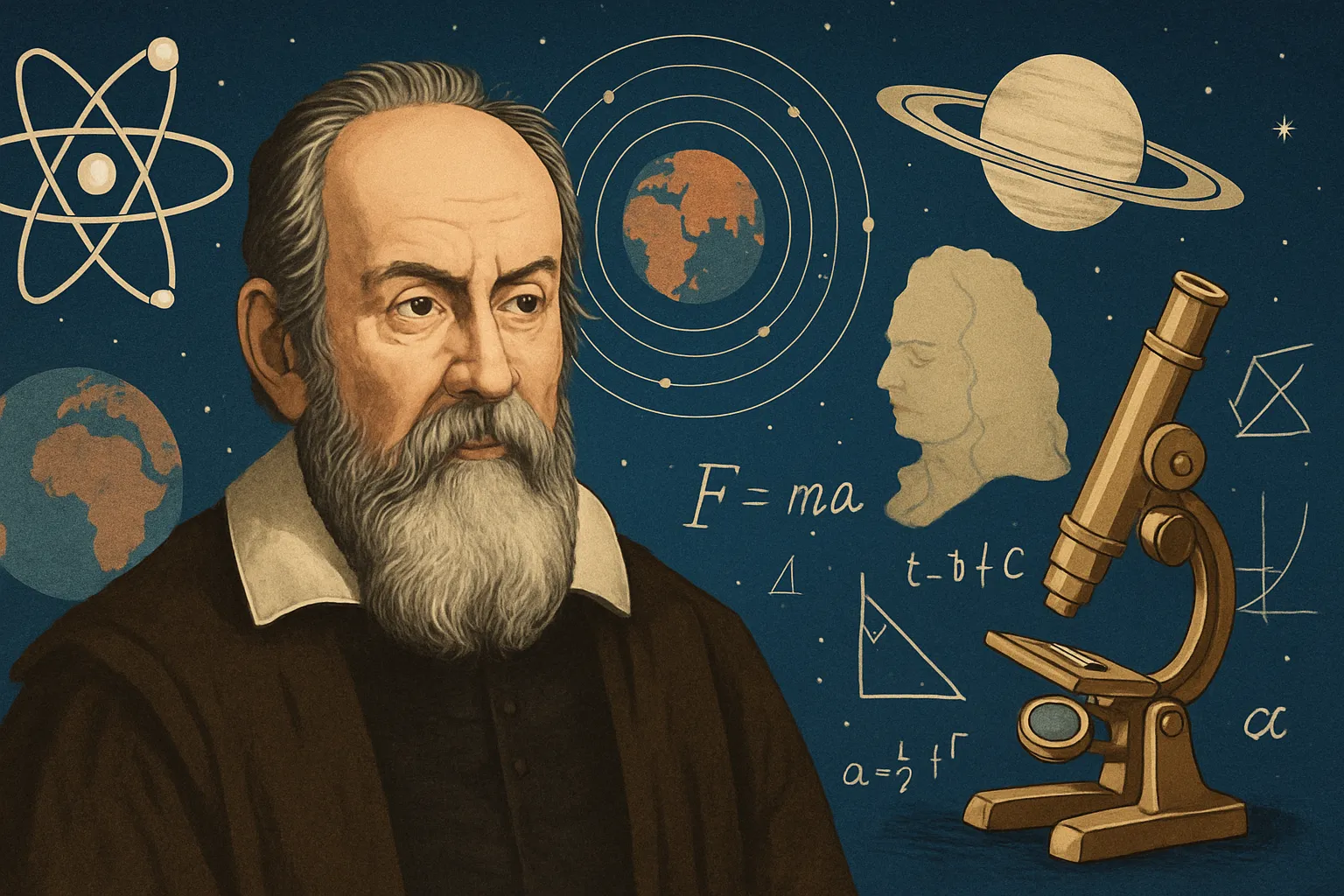
Despite the challenges and persecution he faced, Galileo’s legacy endured, and his work is considered the cornerstone of modern physics and astronomy. The classical mechanics he developed would influence later scientists like Isaac Newton, who used Galileo’s laws to formulate the law of gravity. Moreover, modern astronomy was built on the discoveries Galileo made about the solar system.
In recognition of his achievements, Galileo is hailed as the father of modern science. Today, his name is synonymous with the relentless pursuit of truth through observation, experimentation, and logic. His work opened the doors to a new scientific paradigm, ultimately leading the world to a deeper understanding of the universe.
Galileo is also remembered for his ability to blend science with philosophy, reason with empirical experience. Modern science, as we understand it, owes much to his methodical approach, systematic observations, and his bravery in challenging established beliefs.
A scientific revolution that changed the world
Galileo Galilei was not only an extraordinary scientist but also a man who, despite facing adversity, remained steadfast in his belief that scientific truth must prevail. His discoveries in motion, physics, and astronomy changed the course of history, and his scientific method laid the foundation for modern scientific investigations. Today, his name is remembered not only as a pioneer of science but also as a symbol of the power of reason and empirical observation.
Galileo’s story is a testament to the importance of questioning, exploring, and seeking answers to the deepest questions about the universe. Thanks to his efforts, the modern world has made significant strides in understanding the cosmos, leaving an indelible mark on the history of humankind.



